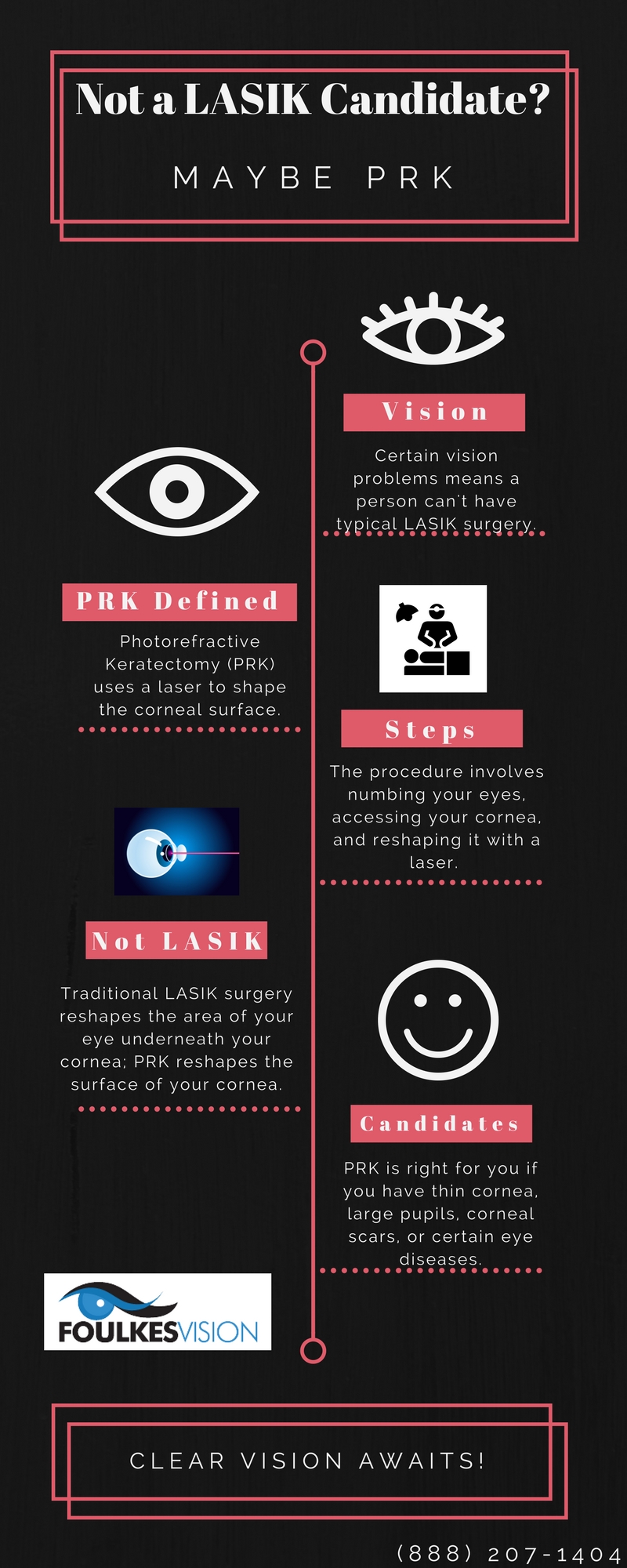Just How Astigmatism Impacts Vision - Typical Myths And Also Misconceptions

Written by-Hviid Svendsen
https://telegra.ph/Questions-To-Ask-Your-Lasik-Surgeon-Prior-To-Your-Procedure-06-29-2 is an usual eye problem that blurs range and also near vision. It occurs when the front surface area of your eye (cornea) isn't equally rounded, but instead formed like an egg or a football. This abnormality affects just how your eyes bend light, causing blurred vision.
It is necessary to have a comprehensive eye test to identify astigmatism very early and also manage it with prescription lenses or LASIK surgical procedure. This can lower the need for squinting, which can trigger persistent eye pressure.
Misconception 1: Astigmatism is triggered by scrunching up your eyes
Unlike the majority of eye troubles, astigmatism is not brought on by scrunching up your eyes. Instead, it's the outcome of abnormalities in the eye's cornea and lens that lead to fuzzy vision.
Generally, the cornea and lens at the front of your eye have a round shape that enables light to focus dramatically on the retina at the back of your eyeball. With astigmatism, the cornea as well as lens have more of an oval form, triggering light to bend erratically when entering your eye. This can create your vision to be fuzzy in all ranges.
Individuals with astigmatism may scrunch up your eyes to attempt to boost their blurred vision, which can lead to eye strain and migraines. It is very important to see a qualified eye treatment specialist asap if you observe scrunching up your eyes or other signs of astigmatism. Your optometrist can suggest restorative glasses or contact lenses to aid you see clearly in any way distances. Astigmatism is just one of one of the most usual refractive mistakes that robs people of clear vision, in addition to myopia (nearsightedness), hyperopia (farsightedness) as well as presbyopia (aging blur). It influences adults and also kids alike.
Misconception 2: Astigmatism is a hereditary problem
Astigmatism is a refractive error triggered when your cornea or lens have an uneven contour. This inequality creates light that enters your eye to be curved erratically, which can cause blurry vision in any way ranges. Most people who have actually astigmatism are born with it, however some may get it from eye injuries, illness or surgery. Eye treatment experts aren't certain why the form of one's cornea or lens varies from person to person, yet they do recognize that it is hereditary as well as can be passed down through generations.
There are 2 types of astigmatism: regular and uneven. A routine astigmatism indicates that your cornea - the clear front layer of the eye - isn't entirely round like a basketball, but it is more extended, formed extra like a football. This implies that the light entering your eye strikes the retina at greater than one point, which results in blurry or distorted vision. The other type of astigmatism is irregular astigmatism, which implies that your cornea and/or lens are curved in greater than one direction or steeper in the bottom than the top.
Myth 3: Astigmatism is irreversible
Most astigmatism is hereditary. However it can additionally be brought on by eye injuries, surgery, aging, or scarring. It might even create from the form of your cornea or lens. The primary cause is when the major meridians of your eyes (the steepest and also flattest components) are not perpendicular per various other. This causes obscured vision since the retina can't concentrate plainly on the image.
It is very important to go to an eye doctor if you notice any kind of adjustments in your vision. Motivate sees can aid catch a lot more significant issues, such as keratoconus. This condition creates the cornea to thin and also end up being extra cone-shaped. This makes it tough to see as well as can affect deepness understanding. Scrubing your eyes can enhance your danger for this disease, as well. Dry eyes and allergic reactions can likewise contribute to the trouble. The most typical treatment for astigmatism entails corrective lenses, which can include glasses or call lenses. Other options include orthokeratology, which makes use of inflexible contact lenses to reshape the cornea, or laser surgical procedure.
Myth 4: Astigmatism hurts
The eye is made to filter light into the retina as well as focus it onto the rear of the eye (the cornea or lens). When these structures are misshapen, however, vision can be fuzzy. This refractive error can be corrected with prescription glasses and get in touch with lenses or by having astigmatic keratotomy surgical treatment, which entails making small cuts on the steepest contours of the cornea.
One of the most usual sign of astigmatism is obscured vision, which can make it difficult to read or see things distant, even when you are sitting near to them. You may likewise have trouble judging ranges or seeing plainly during the night, when you are most likely to experience glow as well as halos around lights.
https://www.healio.com/news/ophthalmology/20210827/refractive-corneal-surgery-poised-for-strong-comeback-in-2021 is possible to establish astigmatism at any age or after an eye injury, but lots of people are born with this refractive error. Astigmatism can get worse as the eyes ages, which is why it is very important to have normal eye tests to identify and deal with any type of changes in your vision.

